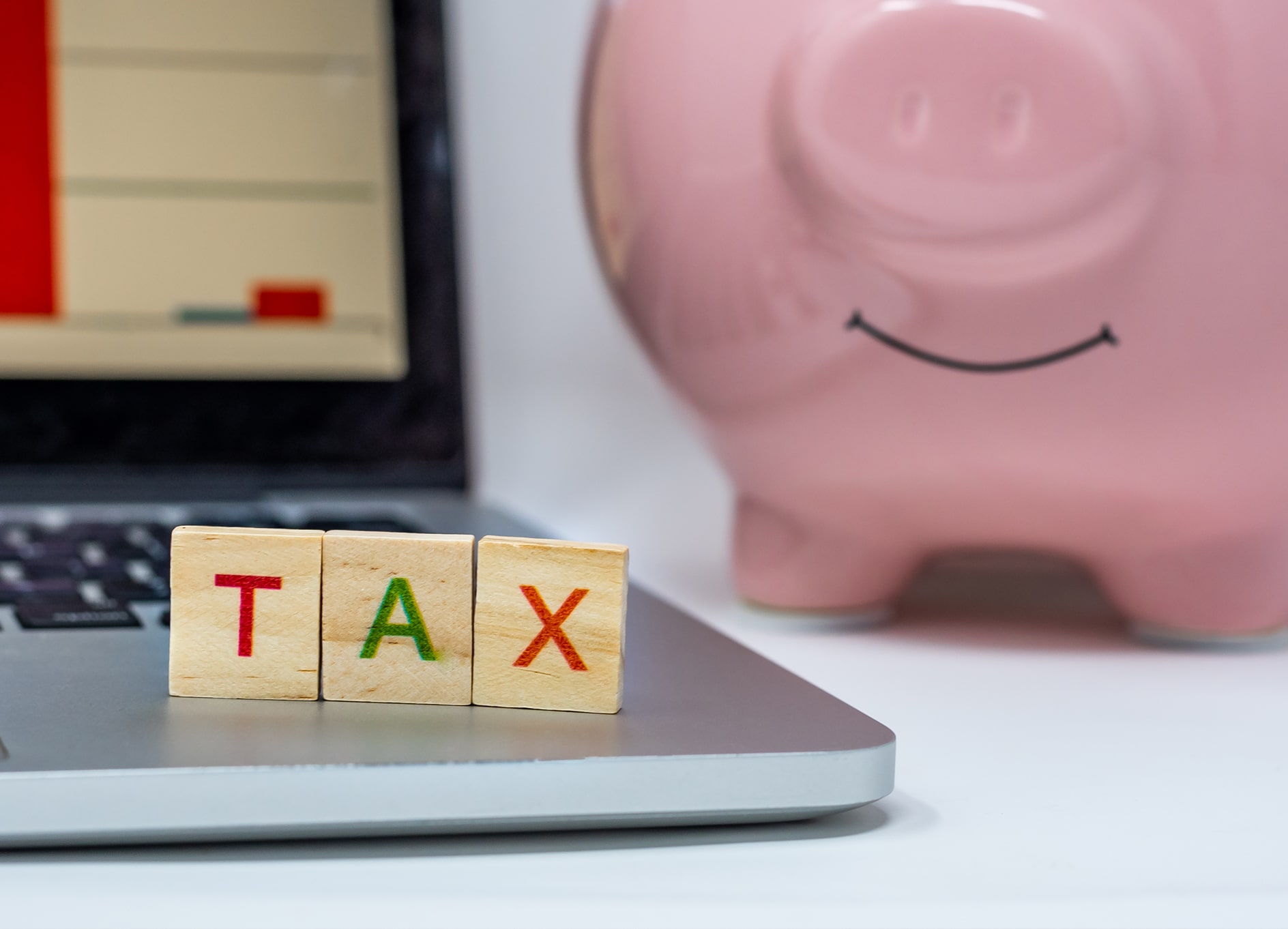Savings plans for the present and the future
TFSAs are far more helpful as investment accounts. In the long run, investing yields higher returns and you won't have to pay a penny in taxes.
TFSAs are not much like your childhood savings accounts. Your local bank branch gave you access to all-you-can-eat stale lollipops from those savings accounts that earned almost no interest. Consider TFSAs as baskets instead. This basket can be filled with a variety of financial instruments – guaranteed investment certificates, exchange-traded funds, bonds, stocks, and even cash savings. Canadian governments introduced TFSAs in 2009 to encourage savings. The money you take out of your TFSA won’t be taxed since you’ve already paid tax on it.

An overview of TFSAs
Your money grows as you deposit money into a TFSA. A great benefit of the TFSA is the flexibility of withdrawals. A TFSA is unlike an RRSP in that withdrawals are free, but there are government-mandated contribution limits.
The contribution limit for TFSAs varies from year to year and is the maximum amount you can contribute each year. Before you open a TFSA and begin contributing, be sure to check this year’s limit and previous years’ limits.
Until you withdraw the excess contribution, you’ll be charged 1% of the excess contribution per month.
The contribution limit for TFSAs
TFSA withdrawals are added to your contribution limit at the start of the next calendar year when you take money out. You would have to wait until January 1 of next year to add $5,000 back to your TFSA if you’ve already reached your contribution limit.
In addition, the TFSA contribution room does not disappear if you do not contribute in any given year.
Contribution limits keep expanding as they roll over from year to year.